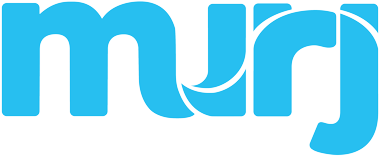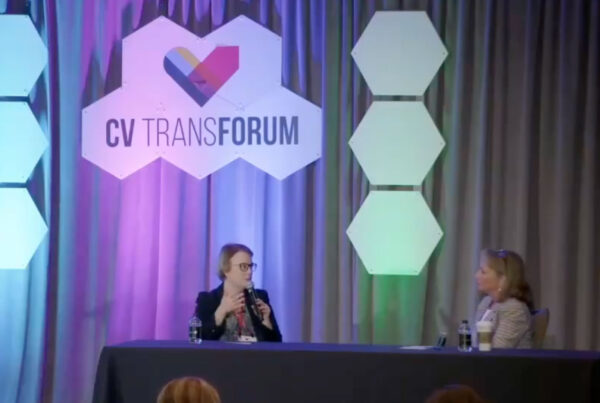The landscape of remote patient monitoring for patients with cardiac implantable electronic devices (CIEDs) is rapidly evolving. While continuous remote monitoring has become the gold standard for patient care, processes for billing and reimbursement have struggled to keep pace with clinical advancements. Unlike traditional medical services tied to a specific date, remote monitoring revenue is linked to an ongoing period of care—or interval—creating a complex billing environment.
This unique billing structure, coupled with the common practice of “Encounter Billing” that designates a single date of service (DOS) after a monitoring period, often leads to significant challenges. Delays in completing essential steps like physician review can disrupt the timely closeout of monitoring intervals, ultimately reducing the number of billable periods each year and potentially compromising the continuity of patient care.
Navigating the intricacies of billing for CIED remote monitoring can be confusing, but there’s a proven path to success. Leading cardiology centers have demonstrated that by leveraging dedicated patient management software and tracking patient status against guideline-recommended monitoring periods, they can dramatically improve compliance, enhance patient care, and boost revenue.
The latest white paper from Murj®, “Best Practice Billing Procedures for Continuous Remote Cardiac Monitoring,” offers a clear roadmap. The paper highlights how embracing intelligent software and aligning billing processes with recommended monitoring periods can transform CIED care.
Using this approach, two leading US cardiology centers increased compliance with these guidelines from 32 percent and 40 percent to over 90 percent, achieving significant improvements in patient care, revenue generation, and staff efficiency. Grab your copy to learn more.
Key takeaways
- Interval Billing as a best practice: “Interval Billing” aligns the billing cycle with the actual continuous monitoring interval itself, setting the DOS the day after the period concludes (day 31 or 91) provided requirements are met. This best practice facilitates more consistent adherence to guideline-recommended monitoring intervals than Encounter Billing by reducing delays caused by scheduling specifics.
- Dedicated software automates success: Utilizing dedicated CIED patient management software is essential for managing the complexities and optimizing billing for continuous remote monitoring. These sophisticated systems automate tracking intervals and requirements, enabling them to automatically generate detailed financial transactions (DFTs) and claims upon successful interval completion, significantly streamlining clinic operations.
- Quantifiable improvement in compliance: Implementing dedicated software and Interval Billing leads to dramatic, data-backed improvements in patient care delivery. Two leading cardiology centers significantly increased guideline adherence; HonorHealth reached 91.6 percent in Q4 2024 and Cardiovascular Institute of the South reached 92.5 percent in Q4 2024.
- Significant financial and efficiency returns: Modernizing billing practices yields substantial economic and operational benefits. Cardiovascular Institute of the South reported a 55 percent revenue increase from 2019 to 2024, while HonorHealth achieved remarkable staff efficiency managing over 7,000 patients with 1.6 full-time equivalents per 1,000 patients, well below the expert consensus recommendation of 3.0. Both clinics experienced minimal claim denials.
Authors
Timothy M. Stivland, MBA, BSE
Clinical Advisor
Kodiak Ridge Consulting, St. Paul Minn.
Jude Hebert
Executive Vice President of Nursing Services
Cardiovascular Institute of the South, Baton Rouge, La.
Amy Kleinhans, DNP, AGNP-C, FHRS
Lead Nurse Practitioner and Clinical Program
Manager for Electrophysiology
HonorHealth, Phoenix
Derek Bonvillain, B.S.,R.T.(R)(CT) NCET
Director of Diagnostic Services
Cardiovascular Institute of the South, Houma, La.
Chris Irving
Co-founder and Chief Experience Officer (CXO)
Murj, Santa Cruz, Calif.





